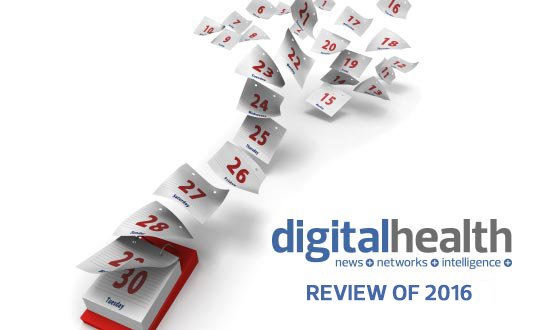It must have been a hell of a day at work. Fortunately – for the most part – social media understood that and sympathised with the Coydon contractor who sent a ‘test’ email to the entire NHSmail list.
And who then had to watch as people with whom social media had far less sympathy sent ‘reply all’ emails asking to be removed from the test.
The result: some staff got as many as 300 ‘reply all’ emails, many were locked out of their inboxes for hours, and the whole NHSmail 2 service ground to a near-halt. Although it didn’t crash, as NHS Digital was quick to point out.
The #replyallgate saga caused real problems and frustration. As late as the first week in December, people were reporting on Twitter that ‘reply all’ emails were still coming through.
But the ‘oh my god, it could have been me’ aspect meant most people remained good humoured; and interested in developments. “Whoops, I sent an email to 840,000 NHS accounts” was, by a long, long way Digital Health’s best read story of 2016.
Another of the best read stories of 2016 had a similar work/human cross over aspect. This was the news that an open source telehealth kit, built around the Raspberry Pi, was due to be piloted with heart patients at a southern trust.
Richard Robinson, a technical integration specialist at what was then the Health and Social Care Information Centre, explained that his wife had been given some very clunky kit by a charity, and he was convinced he could build something better and cheaper.
The resulting MediPi has a simple, tiled interface, plenty of help buttons, and can be connected to a range of off-the-shelf devices, using a good old USB cable.
Despite this, most of the stories in the ‘top ten most read news items’ on Digital Health were very much keeping up with the day job.
So, the fourth best read story was the news that the HSCIC was going to become NHS Digital, while the second was that NHS England had found a £100 million pot of funding for ‘digital excellence’ centres.
It later became clear that the HSCIC’s rebrand as NHS Digital was just one in a number of shifts at the top of NHS IT. As our review of the year charts in detail, these had led to a near-complete change in personnel and policy at NHS England and its delivery arm by the end of 2016.
Meanwhile, it soon became clear that the £100 million pot – the only central money to be spent on healthcare IT in 2016 – was available to just a pre-selected set of 26 trusts.
When US digital doctor Robert Wachter’s review of NHS IT was finally published, 12 of them went on to become the first ‘global’ ‘exemplars’.
Most read news stories, 2016, one to five:
Whoops, I sent an email to 840,000 NHS accounts
£100 million pot for “digital excellence” centres
MediPi open source telehealth kit piloted in NHS
HSCIC to become NHS Digital
EPR implementation led to ‘catastrophic loss of confidence’
Other things that caught readers’ attention this year? Epic deployments – both the aftermath of Cambridge University Hospitals NHS Foundation Trust’s go-live in 2014 and the news that University College London Hospitals NHS Foundation Trust will be the next to embark on the Epic adventure.
Disasters – such as the infrastructure problems that hit St George’s Hospital in Tooting, London – and the IG Toolkit.
People really, really don’t like the IG Toolkit. Sadly, though, while NHS Digital chief operating officer Rob Shaw definitely used the “scrapped” word at EHI Live 2016, it now looks as if it’s destined for more of a re-jig or re-brand in 2017.
Top read news stories, 2016, six to ten:
University College London Hospitals set for Epic adventure
IG Toolkit to be scrapped as part of security reboot – Shaw
NHS England publishes ‘mixed’ picture of digital maturity
Epic and Cerner link health information exchanges
Software ‘freeze’ after network failure at St George’s

